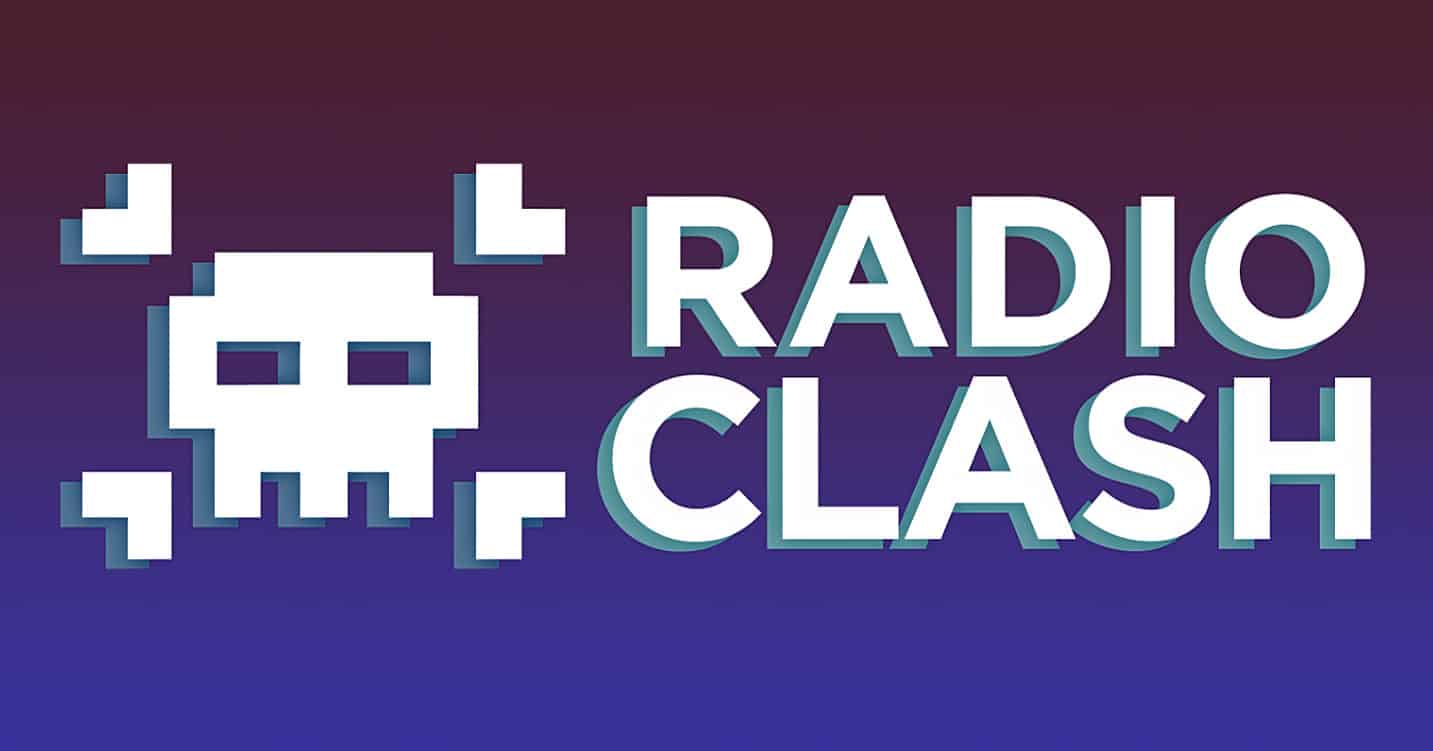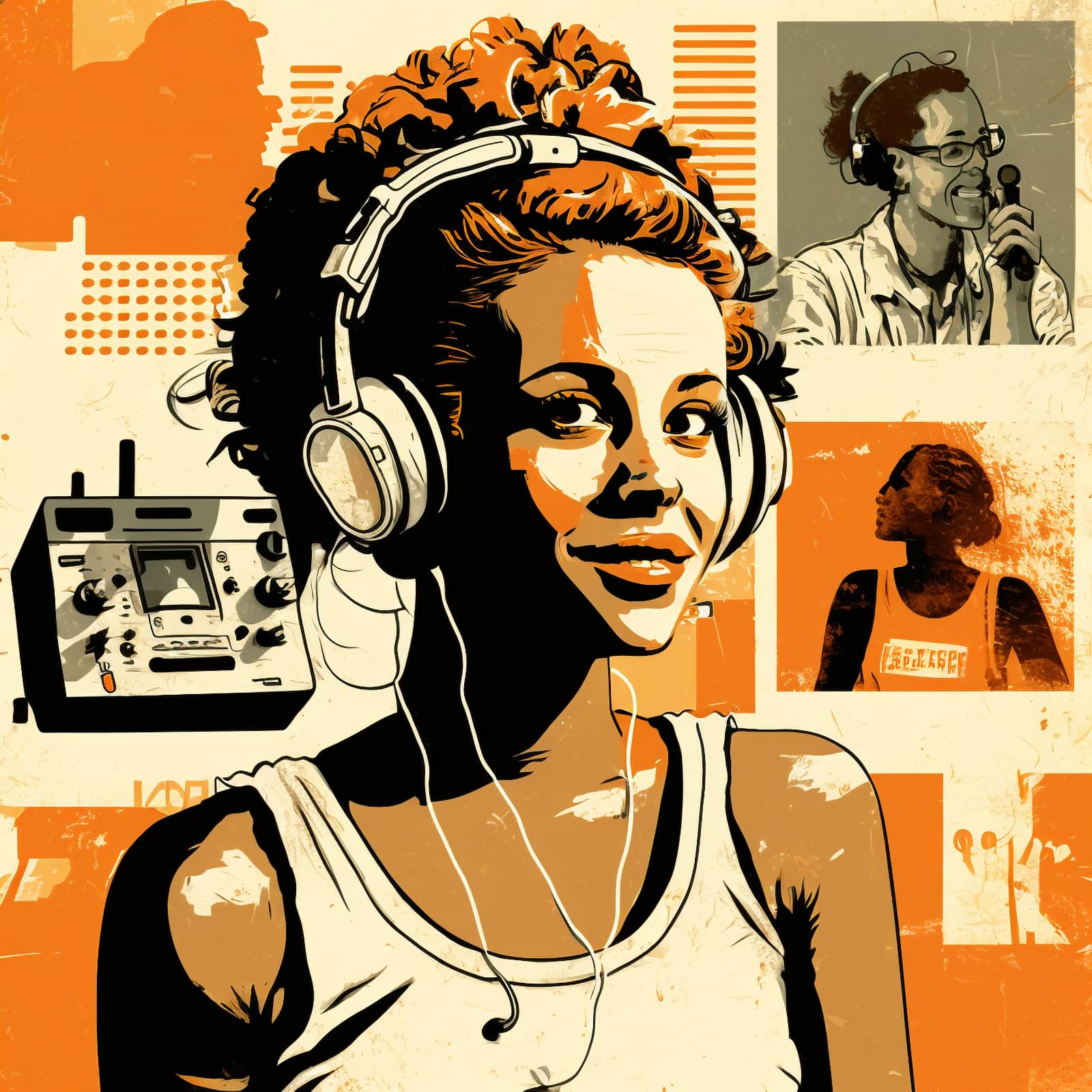Now I see a lot of new podcasts out there, starting out and facing the same sort of issues I did and falling down the same holes. Now at the danger of sounding like a condescending kitten, there are a few pointers that Uncle Tim has that I’ve learned – maybe you’ll find these useful.
- Feed: A podcast needs a feed, some files and a decent-ish server. Libsyn or Feedburner can sort these out for you, or use a blog like WordPress or Blogger Pro that can automatically generate your feed (has to be RSS 2 – google/wiki it for more details, it’s techy/geeky)
- iTunes – unless like me you hate iTunes cos the toughlove you’ve got from them, you’ll need a iTunes-friendly feed, so either use a service that’ll add those bits for you or use a plugin like iPodCatter for WordPress. Interestingly Podshow+ and Odeo use some of the same features….so it’s worth adding, although not essential.
- ID3 tags! ID3 TAGS! again ID3 TAGS! Bane of my life as a DJ is also a bane for podcasting – make sure all fields are filled out and consistently because they are essential for devices like iPods who organise tunes by Album, Genre or Song/Artist – if your podcast is called Track 05 or Show 3 how can your listener find it?
- Make sure your filenames are short and sweet, maybe identified by a number or date or something memorable, and repeat that info in the title, and maybe announce this identifier at the start of the show – this makes it easy to identify shows.
Also remember older iPods only showed around 11 characters in lists, so if you got BIG ELEPHANT SHOW 11 all you would see is BIG ELEPHAN… so you might want to keep a small or shortened name in the title ID3 tag – I say Radio Clash XX: Name cos I know it’ll fit (might have to change this when I go three figures!). Modern iPods do scroll the name though, but not all MP3 devices work like that, many the file systems are more like DOS and tend to not show the full description until you click on the file – hence a good filename is also needed. - Volume and compression – look into raising the volume of your audio as some shows are SO quiet it’s difficult to hear them…there are good free compression plugins, I can’t really go into technical details here, but Hard Limiter, Ultramaximizer or Normalize / Compressor plugins (at a 2:1 or 5:1 ratio, or more depending on whether it’s music or speech) are your friend!
- Encoding rates and file formats – when you encode to MP3 you have yer bitrate (kind of like how much space it will take/quality – lower is smaller yet lower quality) and sample rate. Sample rate should always be 44.1khz, 22khz or 11Khz as Flash players on sites like Podshow+, Podcast Pickle etc. can’t play other rates or speed it up/slow it down.
Think about using mono for lower rates if you can, it sounds better.
If you want to use AAC or another format please think about your audience – although those formats have nice bells and whistles and sound better, you’re shutting out a big audience by using them. MP3 is safest unless you 100% know most or all of your audience are listening via that format…maybe offer both? - Album art – it’s fun and easy to add via iTunes or AudioTagger or other MP3 tagging tools…also you can add comments in the comments field but also the Lyrics field – this is visible on modern iPods, so people can see your shownotes on the IPod. Obviously other devices vary…and it looks like only the first album photo is visible on a 5G iPod like Charles…but iTunes you can scroll through more
- Good microphones / headphones…really if you edit audio the latter is essential, you’d be surprised how much difference a decent pair of headphones or monitoring speakers makes to your audio production. Good microphones and mixers are detailed elsewhere but you don’t have to pay more than 50 quid for a good dynamic mic and 30-40 for a small mixer – and it sounds so much better. USB microphones are another option, never tried them, and then it goes crazy after that price and option wise.
- Noise when interviewing – a real nightmare, but always realise that music and motor noise *blush* is always louder than you think – avoid it if possible. Very directional mics are available, condenser and gun mics, I use a cheap video one, but again that’s an area where you can pay silly money. Best to arrange a quiet area and use a cheaper mic, unless you can afford the pro outboard recording gear, minimixer or pro condenser mic…sadly it seems like pro mics tend to work best or at all with other expensive pro gear, so it’s not just the cost of one.
Noise reduction is usually a last resort, you can do a lot with EQ, clip restoration/lowering of volume and a notch filter. Noise Reduction is quite complicated and really it’s best to record the audio as cleanly as possible first, because you tend to get an odd whispering or echo effect unless used very subtly (and then you get the noise!) - Record externally – consider recording your show on a small device or MD, as recording straight into a computer that’s also playing audio or doing other things is risky – one crash and you can lose the lot. I record into a cheap iRiver iFP recorder…not the most ‘pro’ but I know even if I take the batteries out during recording I’ll still have the recording up to that point.
- Have a good idea for a show – seems obvious, but the more prepared you are the less you stammer/stutter or um and err. I’m bad for not doing this but I do pre-plan most shows, the ones I don’t tend to be editing nightmares. Podcasting is about niche audiences, so it’s not necessarily about 100,000s of listeners but talking very deeply and intensely to a few listeners. Generally I find it’s a good idea either to be part of that niche or know a lot about it…a fan of whatever your show is about.
- Promote your show – not just on places like iTunes and PodcastAlley, but the old-fashioned ways such as blogging, mentioning it to friends, sending out press releases (I’m crap at that), even as Jeb over at £50 Pound Note did badges and cards, or even t-shirts like Keith and the Girl…other places such as Myspace – wherever your audience hangs out, really.
- Playing software – there’s loads of software now that does all the podcasting playing, recording and jingle creation, but when I started it didn’t exist, so I use DJ MP3 software – it autocues (ie you load a track it goes to the start) and auto-stops (when it stops playing it doesn’t repeat) which really helps. So maybe use software that does that, it’ll help with false-cueing of songs or false starts. I still do them though cos I’m stupid 😀
That’s it for the moment, there’s about 1,000 other things I could mention and will when I think of them and have more time. I hope this helps.


Leave a Comment! Be nice….